"A Culinary Journey Through Shandong" explores the rich heritage of Chinese cuisine, focusing on the flavors and traditions of Shandong province. This region, known for its diverse culinary landscape, offers a taste of China's historical and cultural influences. From the hearty seafood dishes of the coastal areas to the spicy and aromatic flavors of inland regions, Shandong's cuisine is a testament to the province's agricultural abundance and culinary innovation. This journey not only satisfies the palate but also provides insight into the province's history and the evolution of Chinese cuisine.
Introduction
Embarking on a culinary journey through Shandong, one of China's most historically and culturally rich provinces, is akin to diving into a vast ocean of flavors. Known for its齐鲁大地 (Qi Lu Da Di), or "Land of Qi and Lu," Shandong has been a cradle of Chinese civilization, with a culinary tradition that dates back thousands of years. This article will guide you through the flavors, ingredients, and dishes that make Shandong's cuisine a must-experience for any food enthusiast.
The Flavors of Shandong Cuisine
Shandong cuisine, or Lu Cai, is one of the Eight Culinary Traditions of China. It is renowned for its emphasis on freshness, color, aroma, taste, and presentation. The flavors are bold and hearty, often featuring a balance of sweet, sour, and savory elements. Here are some of the key characteristics:
-
Use of Seafood: Being a coastal province, Shandong has an abundance of seafood, which is a staple in many dishes. The freshness of the seafood is paramount, often prepared simply to highlight its natural flavors.
-
Soy Sauce: Shandong is the birthplace of soy sauce, and it plays a significant role in the cuisine. The dark, rich sauce adds depth and umami to a variety of dishes.
-
Garlic and Ginger: These pungent ingredients are used liberally to add warmth and spice to dishes, often cooked with meats to enhance their flavor.
-
Braising and Stewing: Many Shandong dishes involve slow cooking methods, which tenderize the meat and allow the flavors to meld together.
Iconic Dishes to Try
-
Peking Duck (Beijing Kao Ya): Although associated with Beijing, Peking Duck has its roots in Shandong. The duck is roasted to a golden brown, with the skin crispy and the meat tender. It is typically served with pancakes, scallions, cucumber, and sweet bean sauce.
-
Ji Nan Huang Men Soup (Jinan Yellow Gate Soup): This is a hearty soup made with mutton, vermicelli, and various spices. It is known for its rich flavor and warming properties.
-
Dong Ying Guo Zai (Dongying Stuffed Apples): A sweet and savory dish where apples are stuffed with a mixture of meat and seasonings, then baked to perfection.
-
Zibo Suckling Pig (Zibo Zao Zhu): A specialty from Zibo, this dish features a whole suckling pig that is marinated and roasted to achieve a crispy skin and juicy meat.
-
Weifang Kuaishou (Weifang Quick-Fried Dish): This is a fast-cooked stir-fry that typically includes a variety of vegetables and meats, showcasing the wok's high heat and the chef's skill.
Traditional Ingredients
-
Glutinous Rice: Used in both savory and sweet dishes, glutinous rice is a staple in Shandong cuisine, often found in dumplings and desserts.
-
Mung Beans: Popular for making bean paste, which is used in many traditional sweets and pastries.
-
Lotus Root: This aquatic plant is used in a variety of dishes, from stir-fries to soups, for its crunchy texture and mild flavor.
-
Chinese Yam: Known for its health benefits, Chinese yam is often used in stews and braises for its starchy texture and subtle sweetness.
Culinary Techniques
-
Deep-Frying: A common technique used to achieve a crispy exterior while keeping the interior tender.
-
Steaming: This method is used to cook dumplings, fish, and other dishes, preserving the natural flavors and nutrients.
-
Marinating: Meats are often marinated for hours or even days to infuse them with complex flavors.
-
Braising: A slow cooking method that uses liquid to cook food at a simmer, resulting in tender and flavorful dishes.
The Cultural Significance of Shandong Cuisine
Shandong cuisine is not just about the food; it is a reflection of the province's history and culture. The dishes are often associated with stories and legends, and many have been enjoyed by emperors and commoners alike for centuries. The use of local ingredients and traditional cooking methods has helped preserve the authenticity of Shandong's culinary heritage.
A Modern Take on Traditional Dishes
While Shandong cuisine has deep roots in tradition, modern chefs are also experimenting with new flavors and techniques. This fusion of old and new has led to innovative dishes that pay homage to the past while appealing to contemporary palates. For example, some restaurants are incorporating international ingredients into traditional recipes or presenting classic dishes in a more refined, modern style.
Conclusion
A culinary journey through Shandong is an adventure that takes you through the heart of Chinese gastronomy. From the bustling markets filled with fresh seafood to the rustic charm of family-run eateries, every bite tells a story of a region steeped in history and tradition. Whether you're a foodie seeking new flavors or a history buff eager to taste the past, Shandong's cuisine offers a rich and diverse experience that is truly unforgettable.
This article provides an overview of the culinary landscape of Shandong, highlighting its unique flavors, iconic dishes, traditional ingredients, and the cultural significance of its cuisine. It also touches on the modern evolution of Shandong's culinary traditions, showing how the province's food culture continues to thrive and adapt in the present day.

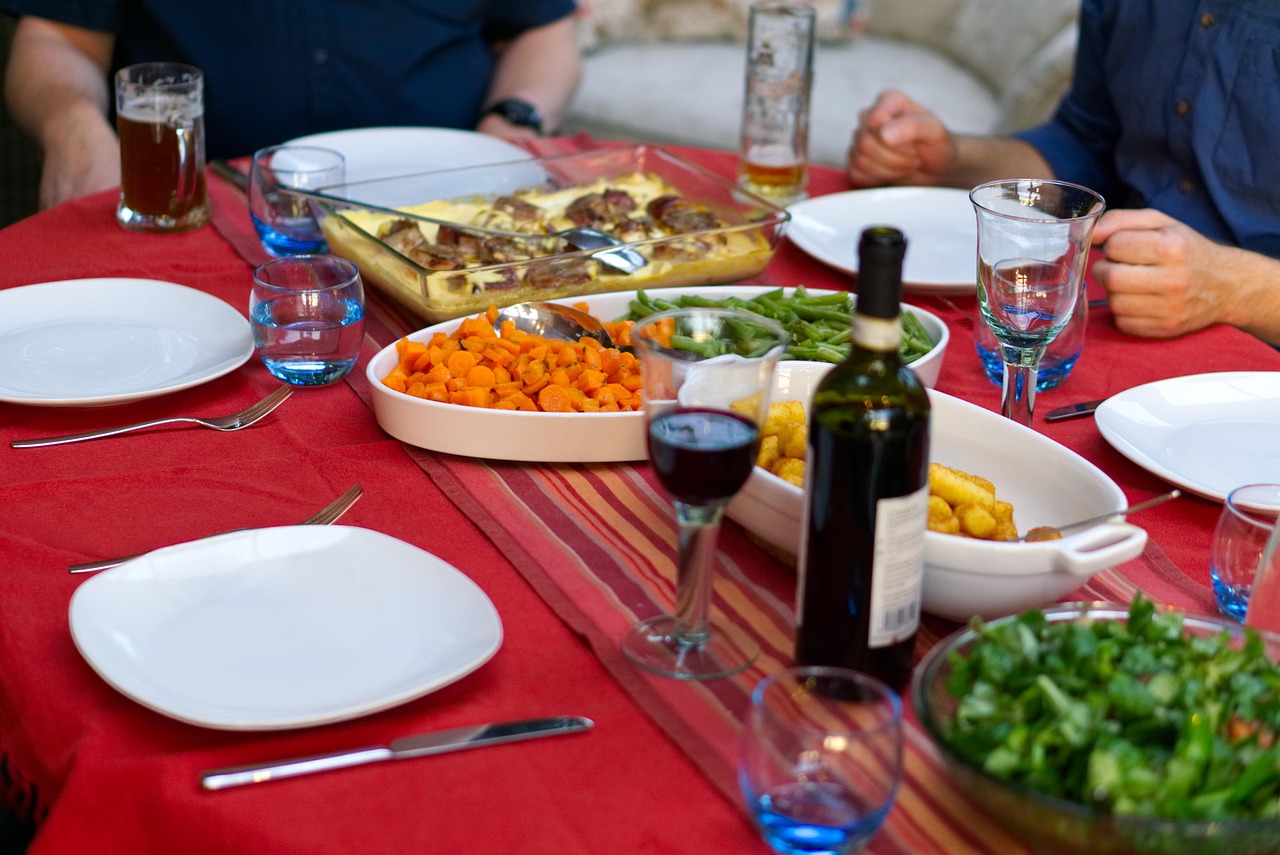

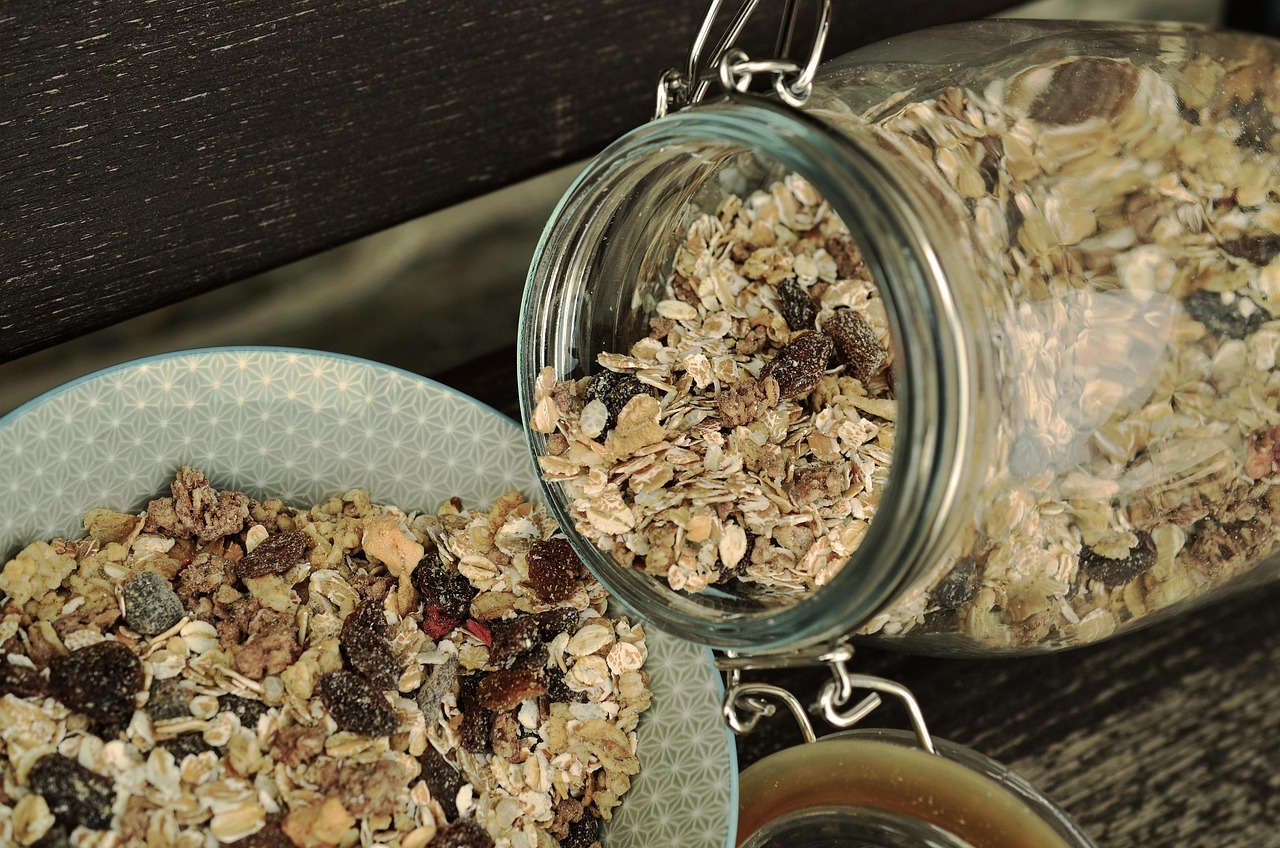
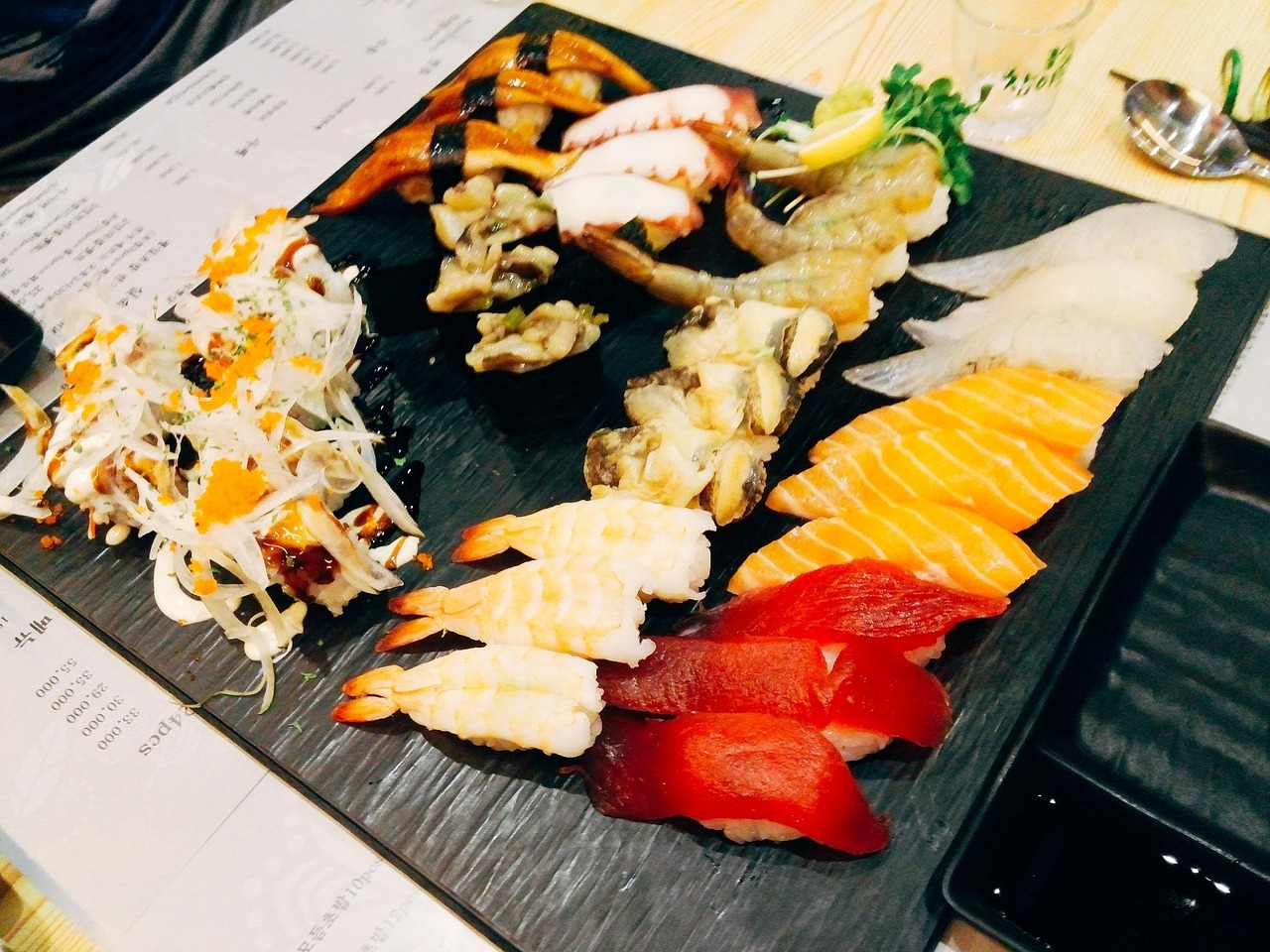
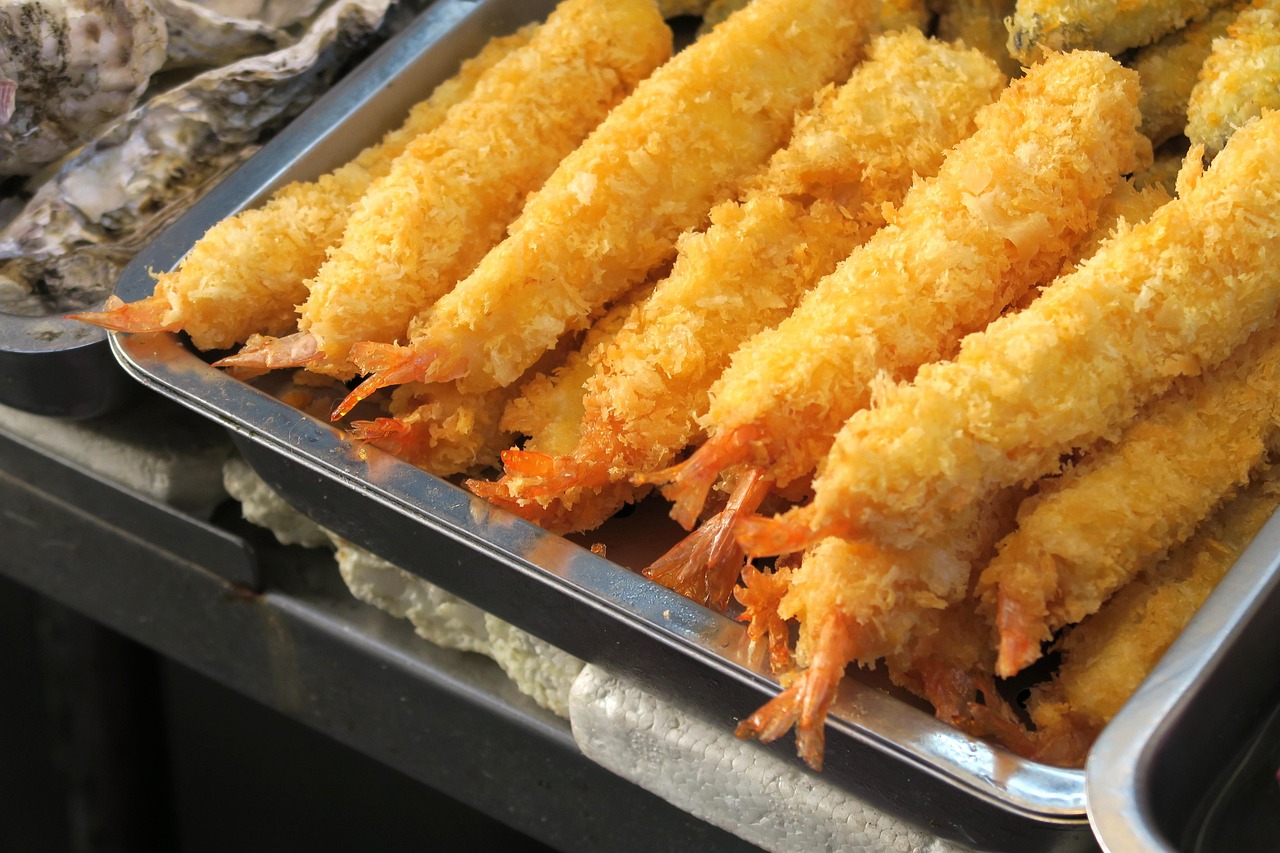
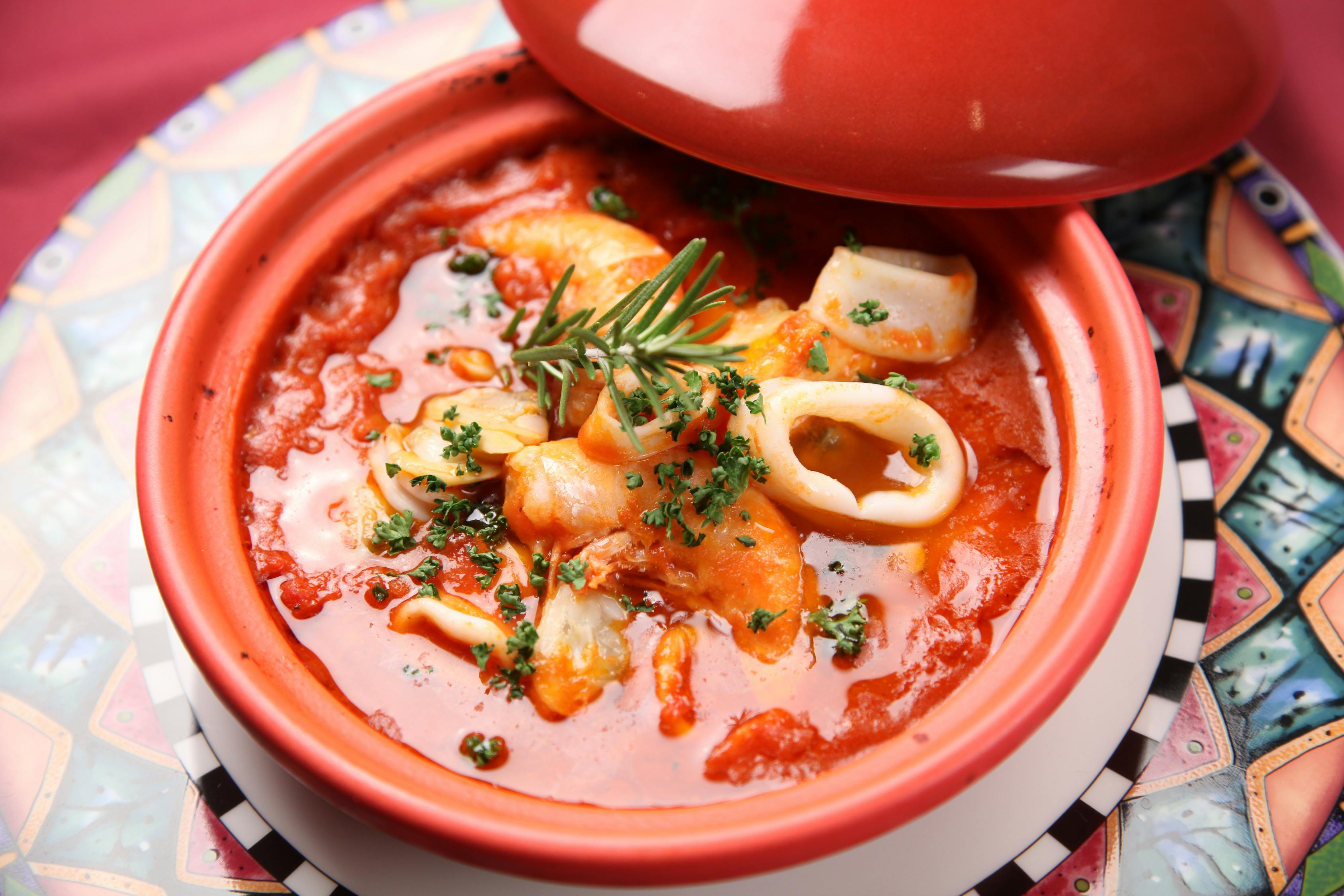
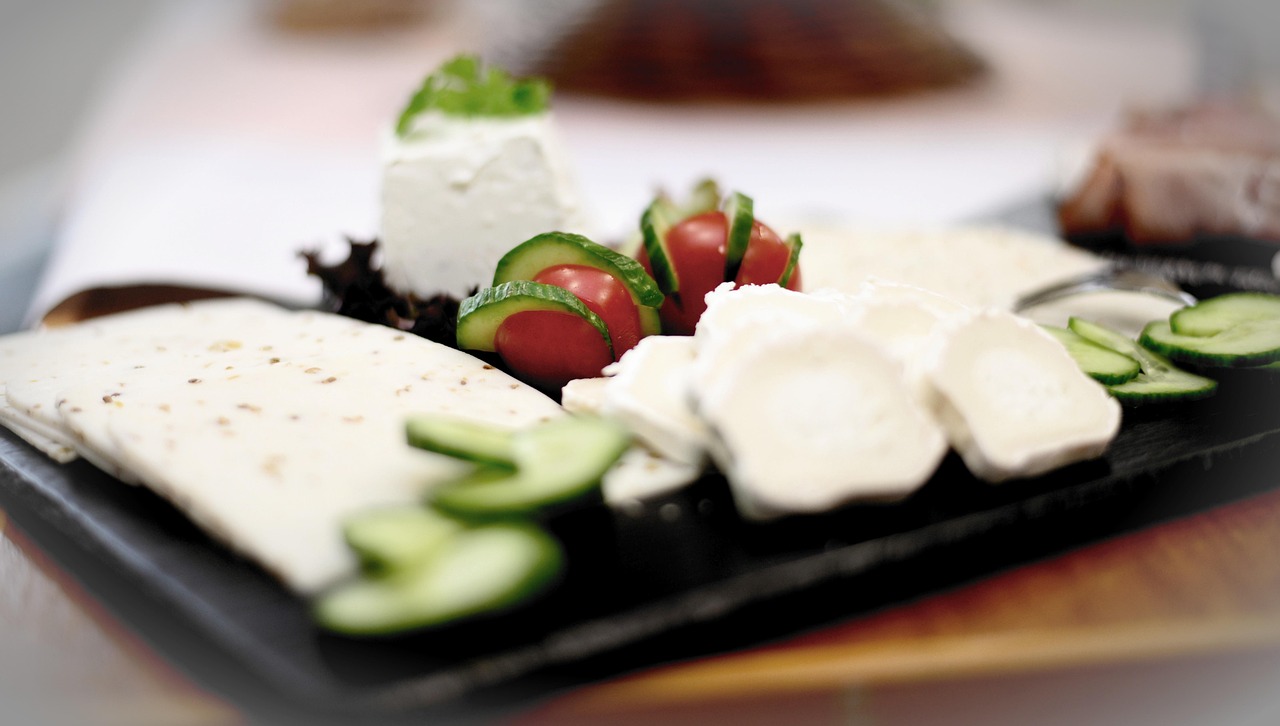
 京公网安备11000000000001号
京公网安备11000000000001号 闽ICP备2023004937号-3
闽ICP备2023004937号-3